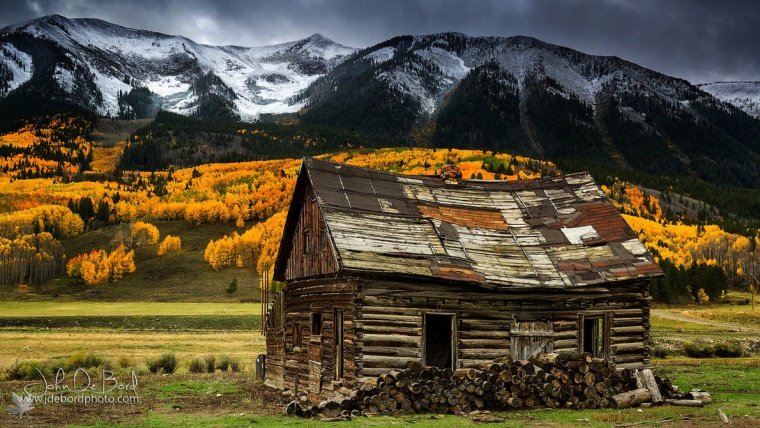
Landscape photography has the power to transport us to a particular place, evoke certain feelings and often, to fill us with wanderlust!
John De Bord is a landscape, nature and travel photographer based in Denver, Colorado. I spoke with John to find out what ignited his passion for landscape photography and how he captures such stunning scenes time and time again.
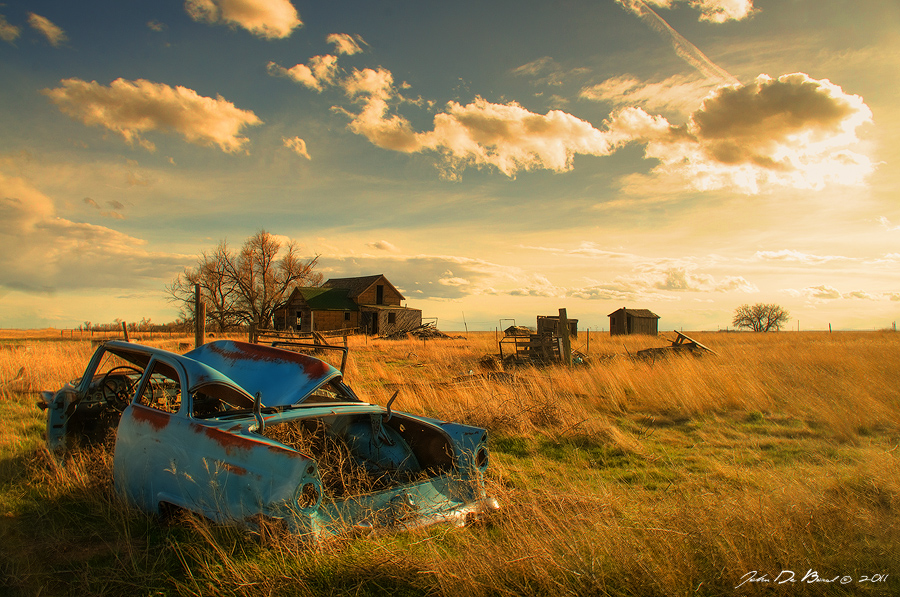
Table of Contents
I originally started out as an illustrator and have a BFA in the field with a minor in fine art from Rocky Mountain College of Art & Design. It was there I began my love affair with photography while taking a B&W traditional film darkroom class which was required for my degree. I wound up taking the class twice because I loved it so much!
I shot with a Ricoh KR5 and a Minolta X370 shooting Kodak TMAX and Ilford film and started out photographing the rockabilly scene in Denver; hot rods, live shows, pinups and the overall lifestyle. While this was going on, I really wanted to learn more about landscape photography, as I studied some of the great painting masters while attending college. People like J.W. Turner, Albert Bierstadt, and others. There is no question that they have a tremendous influence on my work and style as they taught me a great deal. In fact, in many respects, I learned more from them than photographers.
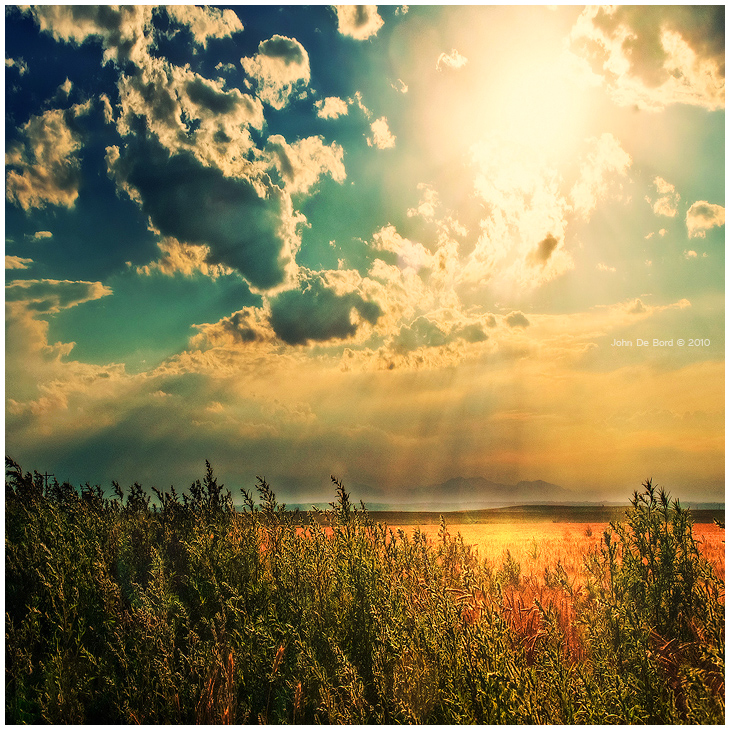
Colorado is a paradise for photographers, there’s no question about that. The terrain is so varied and offers an endless supply of subject matter. You can literally go out on the eastern plains to photograph wildlife and abandoned farms then stand on a mountain peak the next day.
I have my favourite haunts, places like Rocky Mountain Arsenal National Wildlife Refuge and Rocky Mountain National Park, both of which I photograph on a regular basis. There are several local spots close to me that I photograph often such as Sloan’s Lake which has been the subject of many of my photographs.
I also enjoy just getting out there and exploring because the state offers something to capture with the camera around every corner and you never know what you might find. That’s one of the things that I love about living here, the beauty and excitement of it all. In some ways, it can be a tad overwhelming because there are so many choices. Of course, it also depends if I want to wake up at 3 am or at 6:30 am!
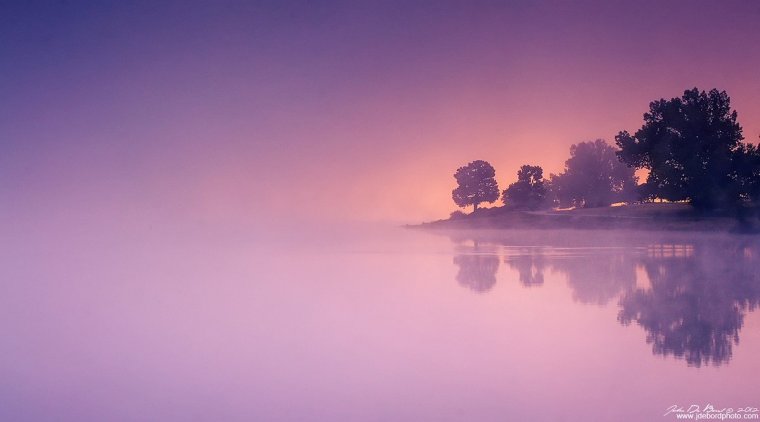
Definitely, try and shoot in the best light possible. Light is so very important in photography and adds such a sense of drama and atmosphere to a scene.
I don’t plan for much outside of my fall and summer trips. Usually, I just pick a place and set my alarm and go knowing that 99% of the time I will come away with something I’m happy with. Many times, I find myself photographing wildlife, usually “big game” and the occasional predator such as coyotes.
As far as landscapes go, I do wake up at crazy hours in order to catch the best light and I find myself more of a morning shooter than an evening shooter. I think it’s because I enjoy the light at that time of the day, the quiet, and the tranquillity. I usually have a location to myself and it’s something I’ve grown to love and adore. The world seems at ease and happy; I think a lot of that plays into my photography.
I don’t really shoot exotic locations, in fact quite the opposite. I have made it my mission to photograph areas that the general public can access and enjoy. I want to show everybody that the world is still beautiful despite what might be going on it and that it isn’t difficult to find that beauty, either.
In order to get the shot, I use a variety of filters; almost all of which are Fotodiox brand. Generally, it’s the usual stuff; circular polarizers graduated and neutral density filters. This is mandatory in terms of “getting it right“, at least for me. I do try to get it right as best as I can in camera but I admit I’m not a photojournalist either.
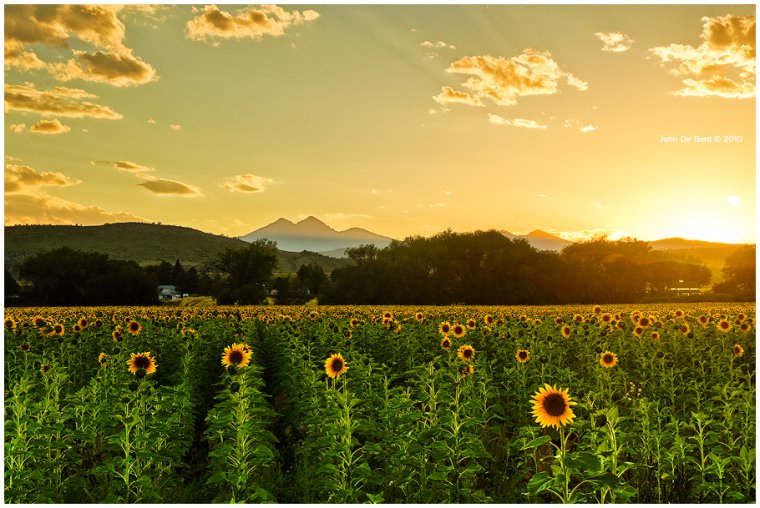
I don’t use JPEG and only shoot in RAW, which unfortunately eats up storage. My routine is pretty average, I start in Lightroom and export 16-bit TIFF files into Photoshop. I use Nik Efex extensively in almost all my work as well as some Lightroom presets. Photoshop actions are used for sharpening and minor clean-up.
I do take some artistic liberty with my images a lot of the time unless it is wildlife in which case I usually don’t. I don’t think it’s anything major, mostly colour adjustments, levels, curves, that sort of thing.
Time is always of the essence and I try to be as fast as possible and I’m currently examining ways to enhance that. I usually spend 5-15 minutes on wildlife images and 15-30 minutes on a landscape image. If I decide to do a variation of an image, it can take longer. I tend to do that a lot because I want to see how it looks both in B&W and colour. Sometimes an image works really well in B&W and I feel we have gotten away from that style.
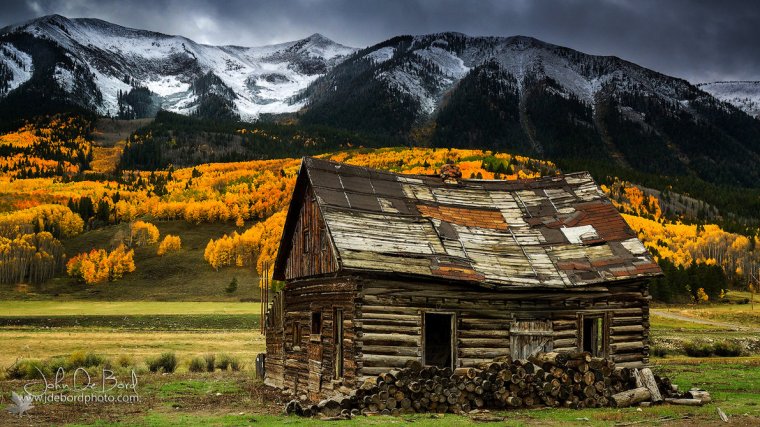
I would say start off reading a book titled Understanding Exposure by Bryan Peterson. The book is invaluable and one of the very best books I’ve read. I would also say that everything is a learning experience. Don’t get down because someone gave you honest feedback on something. It can be tough, but you have to look at it knowing that it will help you. I’ve seen people hang up their camera because of negative feedback.
Nothing happens overnight, and the more you shoot the better you get. Don’t be afraid to ask questions, we were all there at some point and most are more than happy to help you improve.
I’d also say that immersion is a really good way to go about things. Seek out as much as you can, but don’t overwhelm yourself. YouTube is one of the greatest assets we have, there is a wealth of information on there about photography and post processing.
Don’t be afraid to bend and break the rules either, experimentation is always good and it allows for growth as a photographer.
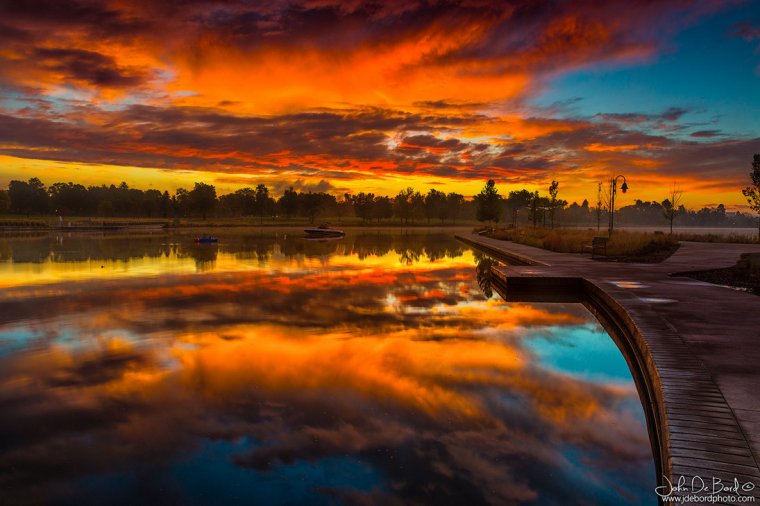
I’d love to be able to teach people photography on a regular basis. I’ve given thought about teaching online, but it’s only in the beginning stages and at this time. In the near future, you can expect me to start offering workshops and tours. I also anticipate a major website design change in the not too distant future. I’m also exploring ways to expand the licensing and dissemination of my images.
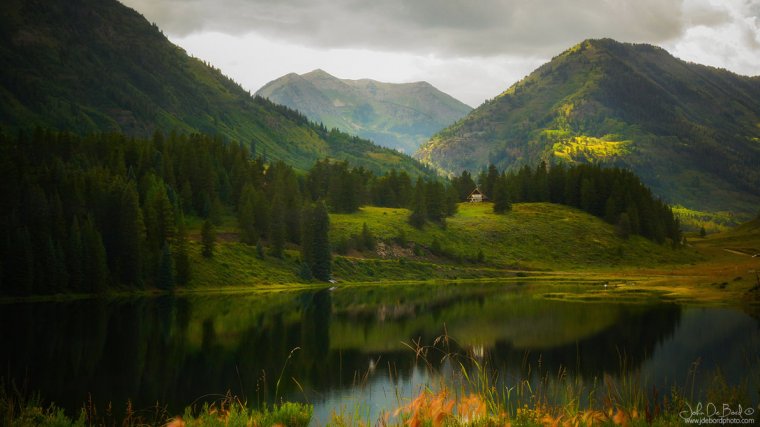
If you’d like to see more of John’s work, you can catch up with him via:
Facebook: https://www.facebook.com/jdebordphotography
Website: http://jdebordphoto.com/
500px: https://500px.com/jdebordphoto
DeviantArt: http://kkart.deviantart.com/
Twitter: https://twitter.com/kkartPhoto
Comments (0)
There are no comments yet.